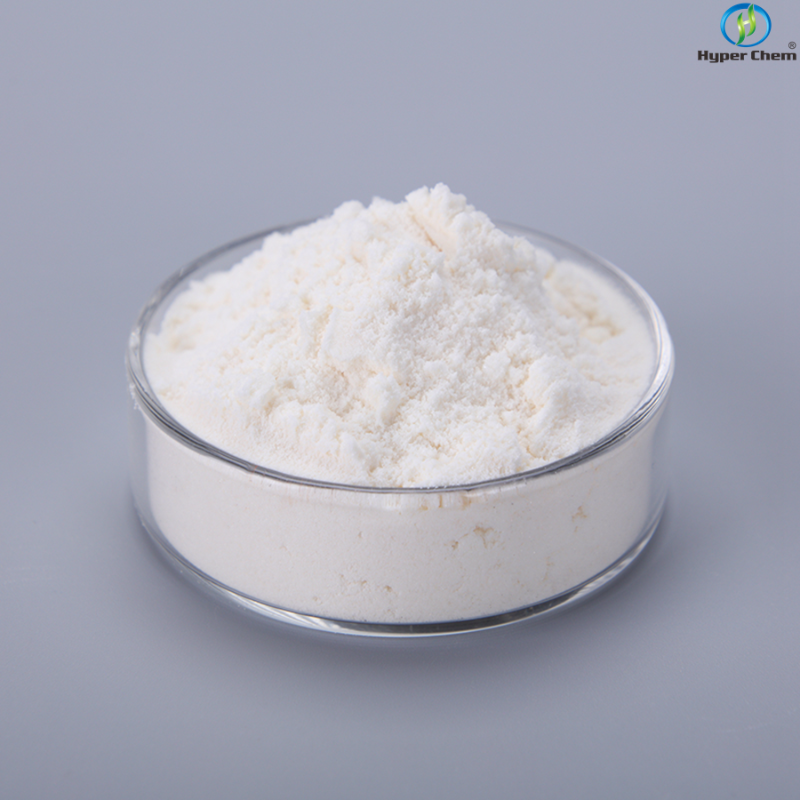-
Categories
-
Pharmaceutical Intermediates
-
Active Pharmaceutical Ingredients
-
Food Additives
- Industrial Coatings
- Agrochemicals
- Dyes and Pigments
- Surfactant
- Flavors and Fragrances
- Chemical Reagents
- Catalyst and Auxiliary
- Natural Products
- Inorganic Chemistry
-
Organic Chemistry
-
Biochemical Engineering
- Analytical Chemistry
-
Cosmetic Ingredient
- Water Treatment Chemical
-
Pharmaceutical Intermediates
Promotion
ECHEMI Mall
Wholesale
Weekly Price
Exhibition
News
-
Trade Service
Systemic mastocytosis (SM) is a rare hematologic disorder with highly
heterogeneous clinical manifestations.
Clinicians and patients lack awareness of SM, and SM diagnosis and treatment is inadequate
.
In recent years, with the improvement of the detection rate of SM in European and American countries and the attention of China's country and society to rare diseases, SM has begun to attract attention, and the China SM Multi-center Collaboration Group
was established at the 2021 Suzhou Hematology Summit.
On October 8, 2022, the "2022 Suzhou Hematology Summit" was held in Suzhou, inviting well-known hematology experts at home and abroad to conduct in-depth discussions
on the new progress in the diagnosis and treatment of blood diseases, the work plan of the Hematological Rare Disease Working Group, and the construction of big data platform.
On this occasion, Yimaitong specially invited Professor Chen Suning of the First Affiliated Hospital of Soochow University to be interviewed to share the current situation and future development of
SM clinical diagnosis and treatment.
SM is a rare hematological disease, with the increase in detection rate in Europe and the United States gradually attracting attention, can you talk about the current status and challenges of SM diagnosis and treatment in China?
At present, systemic mastocytosis (SM) in China has not been fully valued, domestic epidemiological data are not clear, with reference to Danish epidemiological data (annual incidence of 0.
89/100,000) estimates, China has more than 10,000 new SM patients per year, but in fact, we have not diagnosed many
SM patients in the clinic.
In 2021, we investigated the cases of SM reported in the domestic Chinese literature in the 41 years from 1980~2020, and there were only about 30 cases, and all of them were case reports and no systematic studies
.
It can be seen that SM urgently needs to attract the attention
of patients with blood diseases, families and hematologists.
This situation has gradually improved in recent years, and on October 7, 2021, China's first "SM Multi-center Collaboration Group" was established in Suzhou, and nearly 100 experts from 65 companies have joined
so far.
In the past year since the establishment of the collaboration group, the number of new patients has increased significantly, and nearly 100 cases have been accumulated
.
It is believed that in the future, with the deepening of our understanding of the disease, the diagnosis rate and treatment effect of SM will be significantly improved
.
Yimaitong: Could you please talk about the significance of establishing the "Systemic Mastocytosis Working Group of the Rare Disease Group of the Chinese Society of Hematology"?
In 2021, we established the China SM Multi-center Assistance Group, and held the third academic meeting of the SM Collaboration Group on October 8 this year, and the Chinese Medical Association Hematology Branch plans to establish a rare disease group
.
SM as a rare disease in hematological tumors has not received sufficient attention from everyone, and it is of great significance to incorporate the work of the multi-center collaborative group into the work of the Rare Disease Group of the Hematology Branch of the Chinese Medical Association, which will promote the attention and understanding of Chinese hematologists to SM, and promote more patients to be diagnosed early and standardized treatment, so as to obtain better treatment effects
.
Yimaitong: In recent years, rare diseases have gradually received attention from the state and society, can you talk about what other rare blood diseases need everyone's attention?
The types of blood diseases are huge and complex, including benign blood diseases, hereditary blood diseases, malignant blood diseases, that is, hematological tumors, etc.
, of which hematological tumors are classified according to the fourth edition of the WHO including 14 categories and more than 200 subcategories
.
In fact, at present, we only fully understand some of the main types, and some relatively rare rare diseases have not been taken seriously
.
In recent years, some rare blood diseases in China have gradually attracted everyone's attention, and the work has advanced rapidly, such as the hemophilia working group led by Professor Yang Renchi of the Hematology Hospital of the Chinese Academy of Medical Sciences, the hemophagocytic syndrome working group led by Professor Wang Zhao of Beijing Friendship Hospital affiliated to Capital Medical University, the Castleman disease working group initiated by Professor Li Jian of Peking Union Medical College Hospital, and the paroxysmal nocturnal hemoglobinuria working group established at the Suzhou Blood Summit on October 8, etc.
, looking forward to the joint efforts of all of us in the future.
More attention to rare blood diseases brings more benefits
to patients.
Professor Chen Suning
Professor, chief physician and doctoral supervisor of the First Affiliated Hospital of Soochow University
Deputy Director of Jiangsu Hematology Institute
Member of Hematology Branch of Chinese Medical Association
Member of the Standing Committee of the Experimental Hematology Branch of the Chinese Society of Pathophysiology
He is the chairman-elect of the Hematology Branch of Jiangsu Medical Association
2020 State Council Special Allowance Expert
He has presided over more than 10 projects such as the American Leukemia Lymphoma Association, Jiangsu Outstanding Youth Fund, and the National Natural Science Foundation of China
Won the 2017 Wu Mengchao Medical Youth Fund Award
He has won 2 second prizes of the National Science and Technology Progress Award and 3 first prizes of provincial and ministerial scientific and technological progress awards
As a corresponding author, he has published more than 50 SCI papers in journals such as Blood, Leukemia, and Haematologica







